Whewell’s Gazette
Your weekly digest of all the best of
Internet history of science, technology and medicine
Editor in Chief: The Ghost of William Whewell
Volume #20
Monday 03 November 2014
EDITORIAL:
The editorial-team here at Whewell’s Gazette the weekly #HistSTM links digest tend towards the curmudgeonly end of the social spectrum so our attitude to Halloween is perfectly summed up by the following, in our opinion, wonderful photograph.
However the #HistSTM community appears to contain a large Halloween fan club and this barbaric custom having taken place in the last seven days our twentieth edition is perforce a Halloween special: A ghoulish collection of #HistSTM stories
NYAM: Creepy Historical Drawings of Skeletons Contemplating Mortality
BioDivLibrary: Monsters Are Real
Ghostly Physics: Why quantum entanglement spooked Einstein his entire life
Dittrick Museum Blog: A Grave Matter: Legislating Dissection
Strange Remains: How a Strange 19th Century Coffin Lead to a Revolution in 20th Century Forensic Science
Smithsonian.com: The Doctor Who Starved Her Patients to Death
Flickering Lamps: “the Anatomizer’s Ground” – Uncovering The History of St Olave’s Silver Street
Early Modern Medicine: A dose of witchcraft
The Atlantic: The Enduring Scariness of the Mad Scientist
telescoper: In the Dark
The Sloane Letters Blog: The Tale of Jane Wenham: an Eighteenth-century Hertfordshire Witch?
Royal College of Physicians: Witchcraft and wizardry in the library
Conciatore: Witch’s Brew of Glass
H-Word: Monstrous Science: how the Yeti gets research funded
Forbidden Histories: Halloween Special: C. G. Jung’s Spine-Chilling Nights in a Haunted House
Collectors Weekly: Ghosts in the Machines: The Devices and Daring Mediums That Spoke for the Dead
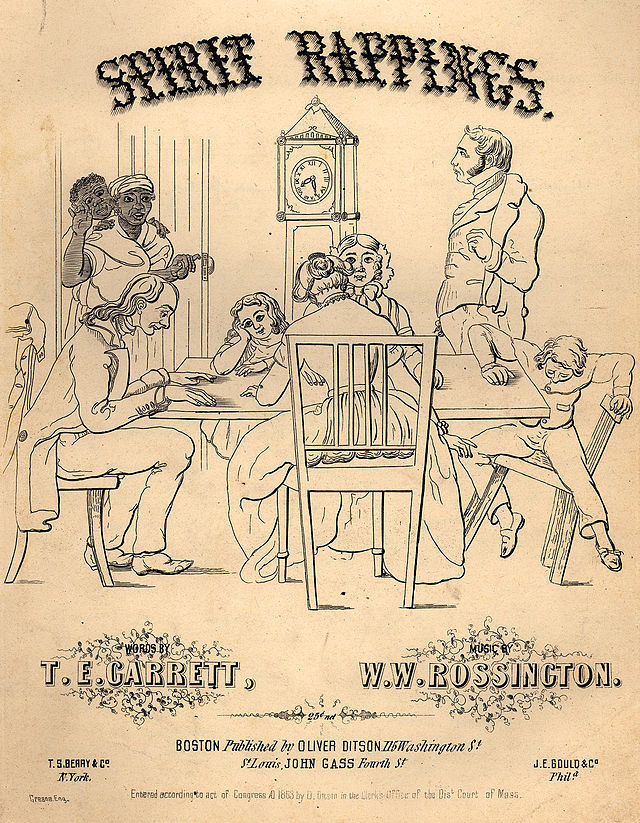
Spirit rapping was so popular, by 1853, T. Ellwood Garrett and W.W. Rossington published a song about it, via sheet music. (From the Rare Book, Manuscript, and Special Collections Library at Duke University)
NYAM: Help! I’m Buried Alive
Dittrick Museum Blog: Buried Alive: A Halloween Post
Circulating Now: Costume Conundrum?
Criminal Historian: Kill the Witch!: murder and superstition in a Victorian village
From Stone to Screen: Spells, Potions, and Curses of the Ancient World
The Chirurgeon’s Apprentice: Resurrecting the Body Snatchers: The Halloween Edition
Atlas Obscura: Sex, Drugs, and Broomsticks: The Origins of the Iconic Witch
Quotes of the Week:
“When the wind of change blows, some people build walls, others build windmills.” — Chinese proverb” h/t @JohnDCook
“There is no history of knowledge.” Peter Drucker, 1993.” h/t @LeapingRobot
“28 October 1492. Christopher Columbus ‘discovered’ Cuba on his first voyage to the ‘New World’. It had always been there, of course.“ Frank McDonough @FXMC1957
“How odd it is that anyone should not see that all observation must be for or against some view if it is to be of any service!“ C. Darwin h/t @interacciones
Birthday of the Week:
One of the real horrors of our world is or, thankfully, better said was the poliovirus. In my childhood still considered “one of the most frightening public health problems in the world”, to quote Wikipedia. Its full horror is perfectly summed up in its popular German name, Kinderlähmung, which literally translates as child paralysis, describing the effect of this disease of the nervous system. In this age where it is fashionable to be anti-vaccines it is perhaps good to pause and remember that this horror disease was largely stamped out by the polio vaccines developed in the 1950s by various researchers, most notably by Jonas Salk. Salk’s greatest deed was perhaps the fact that he didn’t apply for a patent for his vaccine stating when asked, “There is no patent. Could you patent the sun?” Jonas Salk would have turned one hundred years old on 28 October 2014, an anniversary honoured with a Google Doodle, and so he is this week’s birthday boy.
Headquarters hosted by the Guardian: Jonas Salk Google Doodle: a good reminder of the power of vaccines
Washington Post: JONAS SALK: Google says ‘thanks’ to the heroic polio-vaccine developer with birthday Doodle
Chemical Heritage Foundation: Jonas Salk and Albert Bruce Sabin
Scientific American: Remembering Polio Vaccine Developer Jonas Salk a Century after His Birth
History in the Headlines: 8 Things You May Not Know About Jonas Salk and the Polio Vaccine
News.Mic: The Best Way to Remember Jonas Salk, Polio Pioneer, on His 100th Birthday
BuzzFeed: What Is Polio And What You Can Do About It In 10 Easy Steps
As I was still putting this edition of Whewells Gazette together I heard of the death of a good acquaintance, the German jazz saxophone player Klaus Kreuzeder at the age of 64 on 3 November 2014. Klaus played with many leading international musicians throughout the years including standing on the stage with Sting and Stevie Wonder. I say standing but in Klaus’ case it was sitting in a wheel chair as he caught polio at the age of one and a half, which stunted his growth and crippled him for life. A superb musician he was an inspiration to many handicapped people who flocked to his concerts to him him play. I humbly dedicate this edition of Whewell’s Gazette to the memory of Klaus Kreuzeder an excellent musician and a very fine human being.
PHYSICS & ASTRONOMY:
Leaping Robot: From Glass to Gigabytes
Halley’s Log: What manner of man was Halley? (Born 29 Oct)
Business Insider: Meet The Greatest Silicon Valley Venture Capitalist Ever
The Renaissance Mathematicus: Financing Tycho’s little piece of heaven
EXPLORATION and CARTOGRAPHY:
On display: Playing with Museum Representations of 18th-Century American Encounters
David Barrie: Tupaia’s chart of Polynesia
The 1707 Isles of Scilly Disaster – Part I – Part II
BBC: Tales from the India Office
British Library: Maps and views blog: Maps relating to the Middle East now on line
British Library: Maps and views blog: Lines in the sea: underwater oil in the 20th century
The Irish Times: Ireland’s ‘oldest known separate map’ expected to fetch €3 million
MEDICINE:
Clinical Curiosities: Medical training, student experience and the transmission of Knowledge, c.1800-2014
Somatosphere: Tolerance
Concocting History: A pilgrimage to Asclepius
The Quack Doctor: Avoiding the trickcyclist and nutpicker: First World War home remedies and miracle cures
Notches: Orthodox Sex: Alfred Kinsey and the Re-Making of Jewish Sexuality
The Generous Georgian: Dr Richard Mead: Smallpox at the Foundling Hospital
Panacea: “Death in the Pot” Part I
Georgian Gent: Cupped at the bagnio, three shillings and sixpence
The Recipes Project: You’ll thank me later
NYAM: Brains, Brawn, & Beauty: Andreas Vesalius and the Art of Anatomy
Boston Review: When Epidemic Hysteria Made Sense
The Embryo Project: The Report of the Committee of Inquiry into Human Fertilisation and Embryology (1984), by Mary Warnock and the Committee of Inquiry into Human Fertilisation and Embryology
CHEMISTRY:
Chemical Heritage Foundation: Forensic Chemistry in Golden-Age Detective Fiction: Dorothy L. Sayers and the CSI Effect
EARTH & LIFE SCIENCES:
Animal Magic:
http://www.theguardian.com/science/animal-magic/2014/oct/23/okapi-skull-mystery-powell-cotton-museum
Trowel Blazers: Browse All Articles
The World of Genealogical Phylogenetic Networks: Predecessors of Charles Darwin
BHL: Monsters Are Real
Birding Asia: Pioneer of Asian Ornithology Alfred Russel Wallace (PDF)
Live Science: Super-volcano Cleared in Neanderthals’ Demise
The Embryo Project: Ontogeny and Phylogeny (1977), by Stephen Jay Gould
The Embryo Project: “Mitochondrial DNA and Human Evolution” (1987), by Rebecca Louise Cann, Mark Stoneking, and Allan Charles Wilson
Trowel Blazers: Margaret Benson: Mut Ado About Trowelblazing

Margaret Benson in 1893, aged 28 — one year before she embarked on her first trip to Egypt. Photo by J. Thompson, from ‘The Life and Letters of Maggie Benson’ by A.C. Benson (1917). Image source: http://upload.wikimedia.org/wikipedia/commons/3/3d/Margaret_Benson.jpg
DW: Preserved specimens: inside a scientific storehouse of natural history treasures
JSTOR Daily: Animals in the Archives
The Embryo Project: Victor Jollos (1887–1941)
Natural History Apostils: Hoax anticipation of Darwinism and germ theory of disease (Sleeper 1849/1913)
Wallifaction: Snow
TECHNOLOGY:
The Atlantic: The Technical Constraints That Made Abbey Road So Good
Yovisto: Jean-Rondolphe Perronet and the Bridges of Paris
Spectrum IEEE: How the Ford Motor Co. Invented the SQUID
Conciatore: Alessandro Neri
Retronaut: 1900: “Visions of 2000”
Yovisto: Hans Grade – German Aviation Pioneer
Paleofuture: Broadacre City: Frank Lloyd Wright’s Unbuilt Suburban Utopia
Histories of the Internet: (preprint draft) PDF
Yovisto: Oskar Barnack – the Father of 35mm Photography
Yovisto: Alexander Lippisch and the Delta Wing
META:- HISTORIOGRAPHY, THEORY, RESOURCES and OTHER:
Conciatore: The Inquisition Reprise
Newsletter of the History of Science Society
BackRe(Action): Einstein’s greatest legacy – How demons and angels advanced science
Qatar Digital Library: 1,000 years of Arabic science & scholarship now online
Lucretius: Embracing absurdity: Lucretius and Feynman on taking the world as we find it
PetaPixel: CERN is Asking Your Help in Figuring Out What These Archive Photos Show
Hakluyt Society: Hakluyt and Me: Using the Hakluyt Society Publications for my Doctoral Thesis
Project Muse: Bulletin History of Medicine Vol. 88 Num. 3
Images of Alfred Russel Wallace
CHoM News: Harvard Medical School Launches Submission and Archiving of Electronic Student Theses
Historical Atlas of Canada: Online Learning Project
The Telegraph: ‘The next generation of tech talent needs to be educated in history, classics and languages’
How We Got To Next: Robot Historians and the Heroic Idea
Brain Pickings: An Anatomy of Inspiration: A 1942 Guide to How Creativity Works
eä: Table of contents VOl. 5 No. 1
ISIS: Why Isn’t Exploration a Science?
The Renaissance Mathematicus: Having lots of letters after your name doesn’t protect you from spouting rubbish.
The Pitt News: Women and minority inclusion: What the sciences can learn from the humanities
Corpus Newtonicum: It’s all Greek to me
The Guardian: Has technology changed cultural taste?
ESOTERIC:
Academic.edu: Contemporary Ritual Magic (Chapter 39, The Occult World)
Genetic Literacy Project: Science as profane: What superstition of 1752 and 2014 share in common
BOOK REVIEWS:
Oxford Journals: The Science of Human Perfection: How Genes Became the Heart of American Medicine
The Geological Society: Lucky Planet
NEW BOOKS:
Amazon: Earth’s Deep History: How It Was Discovered and Why It Matters h/t @David_Bressan
Historiens de la santé: Forensic Medicine and Death Investigations in Medieval England
THEATRE:
FILM:
The New York Times: The Leaky Science of Hollywood: Stephen Hawking’s Movie Life Story is Not Very Scientific
Royal Museums Greenwich: Mr Turner & Mrs Somerville
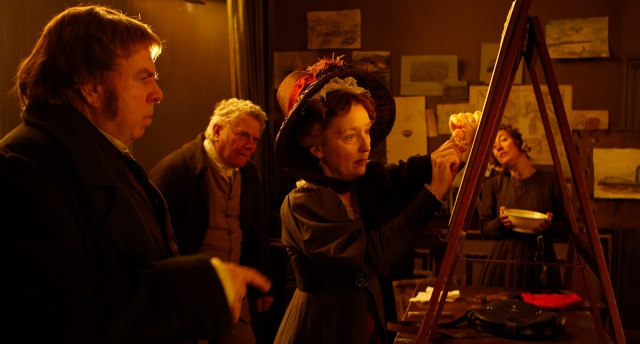
Mary Somerville (Lesley Manville) prepares to demonstrate her experiment on violet light to J.W.M. Turner (Timothy Spall) and his household (Paul Jesson & Dorothy Atkinson) in Mike Leigh’s 2014 film Mr Turner.
The Telegraph: Benedict Cumberbatch on Alan Turing: ‘he should be on banknotes’.
TELEVISION:
Popular Mechanics: AMC Tackles Rocket Science in Miniseries Produced by Ridley Scott – Jack Parsons
How We Get To Next: How We Made the “Light” Episode of How We Got To Now
VIDEOS:
Youtube: Japanology Calculators
Youtube: Brian Cox proves Galileo’s laws of fall (highly recommended!)
RADIO:
BBC World Service: The Information Age
PODCASTS:
Chemical Heritage Foundation: Bones
ANNOUNCEMENTS:
Literature and Medicine Special Edition: Call for contributions before 20 November
Royal Museums Greenwich: Clocking Off Late 13 November
Historiens de la santé: Mediterranean Under Quarantine 1st International Conference of Quarantine Studies Network 7-8 November University of Malta
IHR: History of Sexuality Seminar Autumn Term 2014 University of London Senate House
The Leicester Literary and Philosophical Society Lecture: Alfred Russel Wallace And Natural Selection: The Real Story Monday 1 December
Royal Museums Greenwich: Travellers’ Tails Seminar Series: Exploration 20 Nov, 4 Dec, 29 Jan
Steven Institute of Technology: CfP: Taylor’s World Conference 24-25 September 2015
University of Cambridge Museums: The Art & Science of Curation at the Museums Association Conference
History and Technology: An International Journal: CfP: History and Technology
ChoM News: Lecture: The True Story of a Government-Ordered Book-Burning in America: Wilhelm Reich’s Books and Journals, and What Was in Them? Dec 4
Scientiae Toronto 2015: CfP: Final reminder: Victoria College, University of Toronto, 27-29 May 2015
LOOKING FOR WORK?
University of Nottingham: A Global University: 2015 Visiting Fellowships
University of London: The Warburg Institute: Research Fellowships in Cultural and Intellectual History – long term
Durham University: Junior Research Fellow
Brown University: Brown University Presidential Diversity Postdoctoral Fellowships
The Royal Society: Public Affairs Officer
Oxford Brooke’s University: Research funding opportunities
J.B. Harley Research Fellowship in the History of Cartography
The Oregon State Hospital Museum of Mental Health has a position open for a Curator.
The University of Western Australia: Director, ARC Centre of Excellence for the History of Emotions












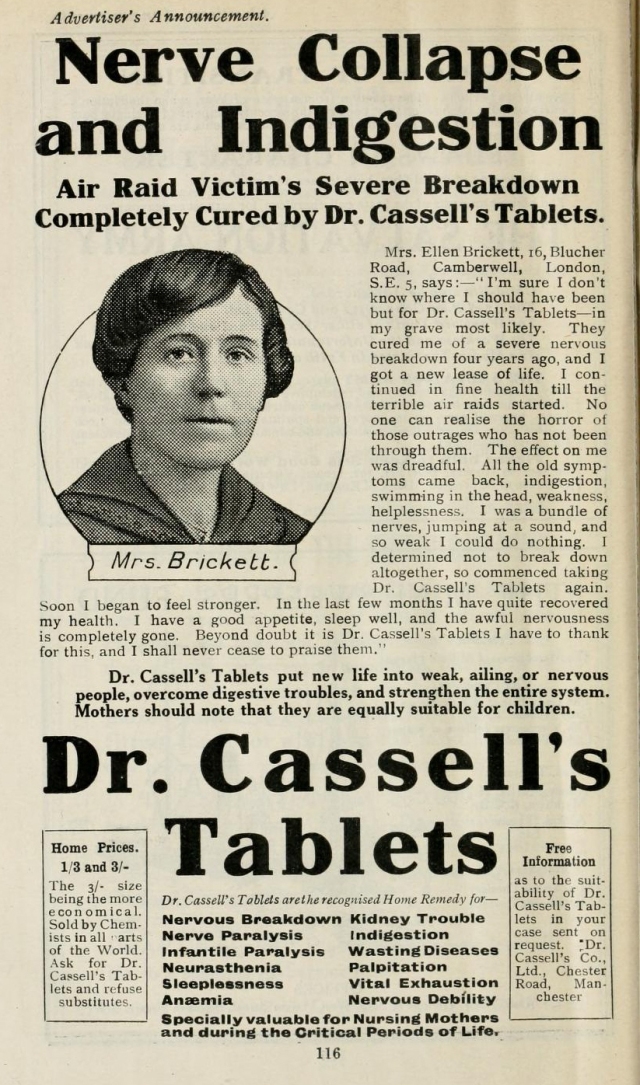
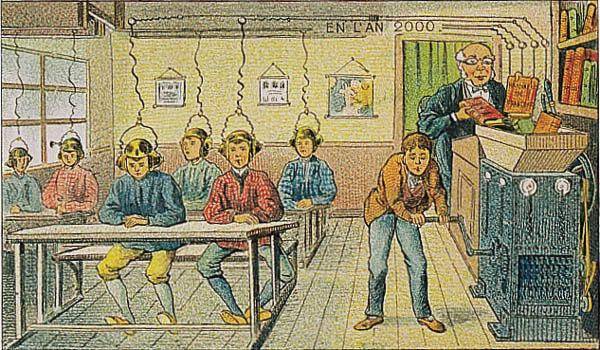

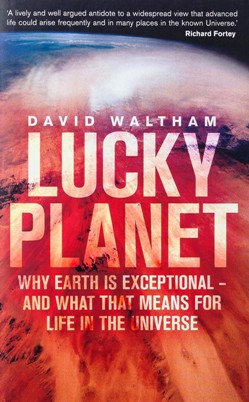

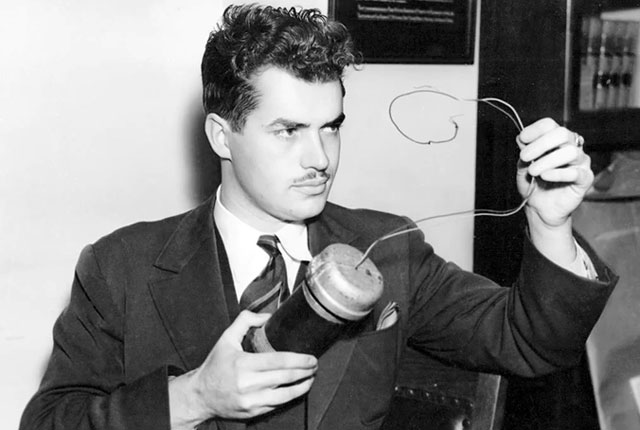
Reblogged this on Quaerere Propter Vērum.